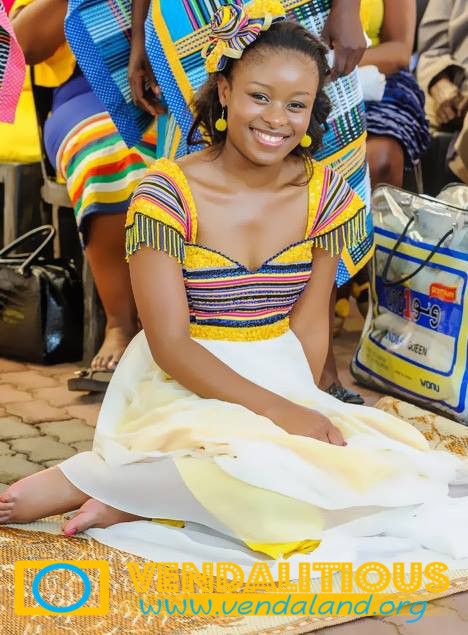
Venda Attire for Makoti
Traditional attire holds a special place in the hearts of many cultures, serving not only as a representation of identity but also as a celebration of heritage. In South Africa, the Venda culture boasts a rich tapestry of traditions, including vibrant and intricate attire that is deeply symbolic and steeped in history. For a makoti (a new bride), donning Venda attire is more than just wearing clothes; it’s a way of connecting with the past, honoring ancestors, and embracing the beauty of cultural heritage.
The Essence of Venda Attire
Venda attire is renowned for its striking colors, elaborate beadwork, and intricate patterns. Each garment worn by a Venda makoti is crafted with meticulous care, reflecting the cultural significance of every detail. From head to toe, every element of Venda attire tells a story, embodying the values, beliefs, and customs of the Venda people.
The Headwrap (Tshiharo)
The headwrap, known as Tshiharo, is a prominent feature of Venda attire for makoti. It serves not only as a fashion statement but also as a symbol of respect and dignity. The Tshiharo is often adorned with colorful beads and patterns, with different designs holding specific meanings. For a new bride, the headwrap signifies her transition into married life and her commitment to upholding familial traditions.
The Bridal Attire
The bridal attire of a Venda makoti is a breathtaking display of craftsmanship and cultural significance. The main garment, known as the Tshigomu, is a long, flowing dress adorned with intricate beadwork and embroidery. The colors used in the Tshigomu are often vibrant and bold, symbolizing joy, prosperity, and fertility. Additionally, the dress may feature traditional Venda motifs, such as the python, which is believed to bring protection and good fortune.
Accessories
No Venda attire is complete without a range of accessories that accentuate the beauty of the ensemble. Makoti often wears beaded necklaces, bracelets, and anklets, each piece meticulously crafted to complement the overall look. These accessories are not merely decorative but also carry deep cultural significance, with specific beads and colors symbolizing aspects of Venda spirituality and belief systems.
The Role of Tradition
For a makoti, wearing Venda attire is more than just a fashion choice; it’s a way of honoring tradition and paying homage to ancestors. The process of selecting and wearing Venda attire is steeped in ritual, with customs passed down from generation to generation. From the moment a bride begins preparing for her wedding day, she is surrounded by family members who impart wisdom, share stories, and guide her in embracing her cultural heritage.
Preserving Heritage
In today’s modern world, the significance of traditional attire cannot be understated. As cultures evolve and change, there is a growing need to preserve and celebrate the customs and traditions that define who we are. For Venda makoti, wearing traditional attire is a powerful statement of pride and identity, ensuring that the rich tapestry of Venda culture continues to thrive for generations to come.

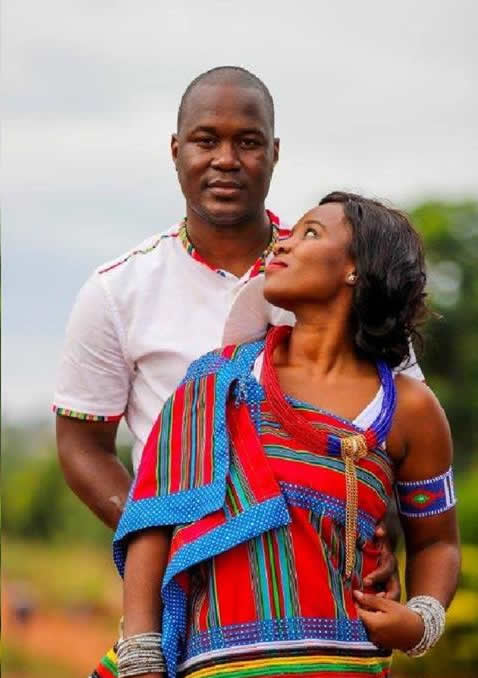
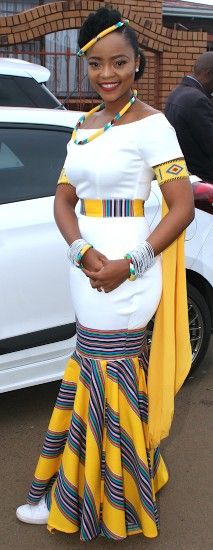
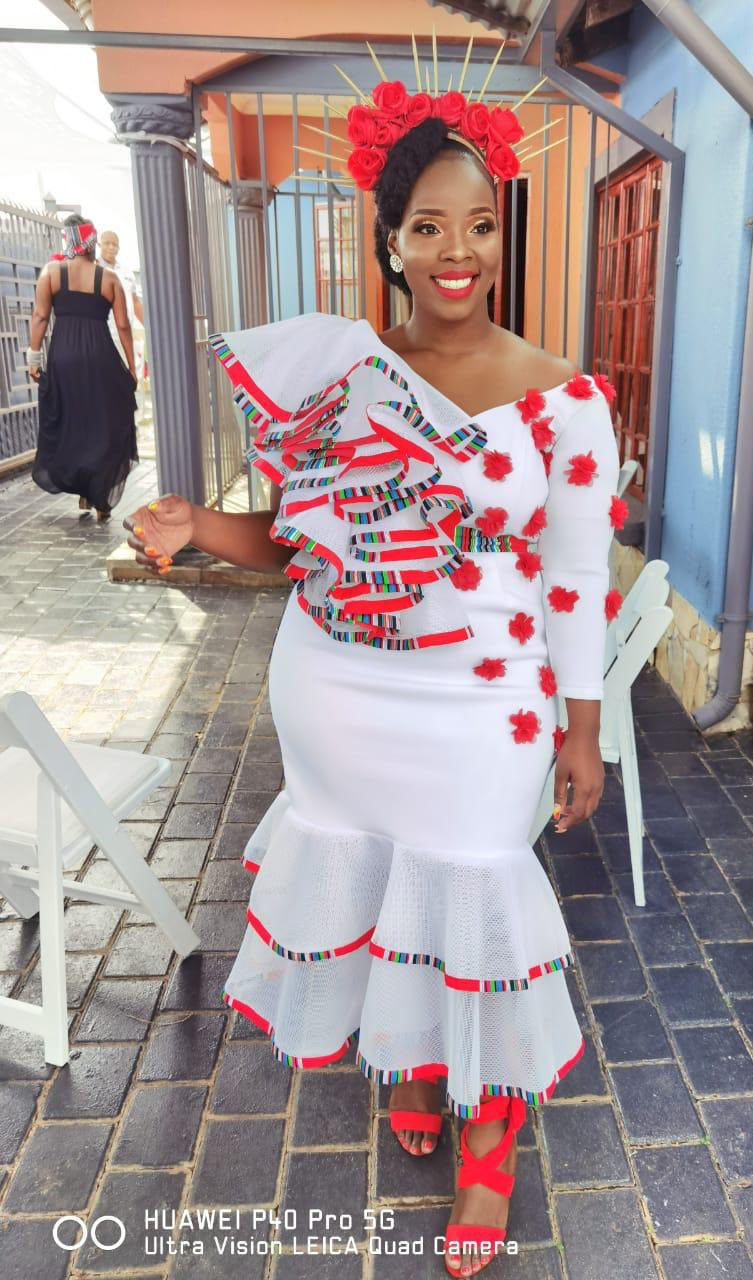
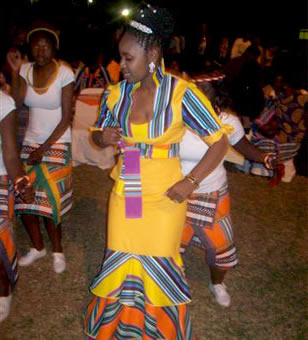
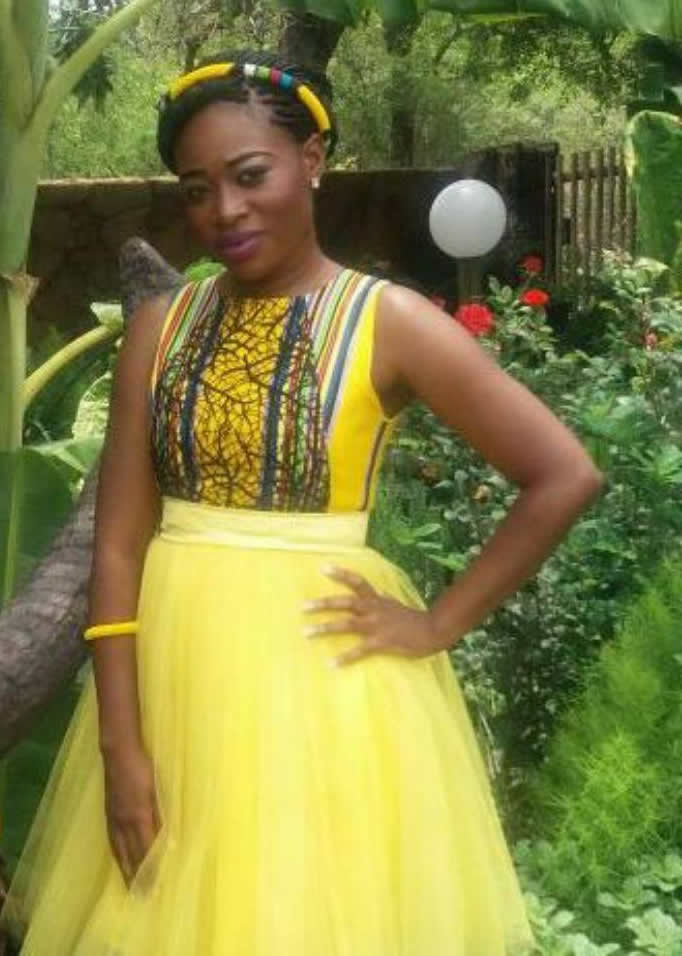
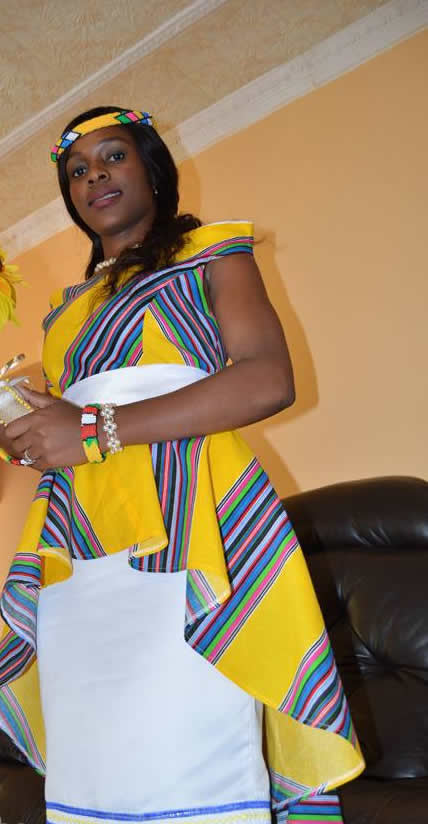
Conclusion
In the tapestry of South African culture, Venda attire for makoti stands out as a vibrant and cherished tradition. From the intricate beadwork to the symbolic motifs, every element of Venda attire tells a story of heritage and identity. For a makoti, wearing Venda attire is not just a fashion choice; it’s a profound expression of love, respect, and cultural pride. As we move forward into the future, let us continue to honor and celebrate the beauty of Venda culture, ensuring that its traditions remain alive and vibrant for years to come.
